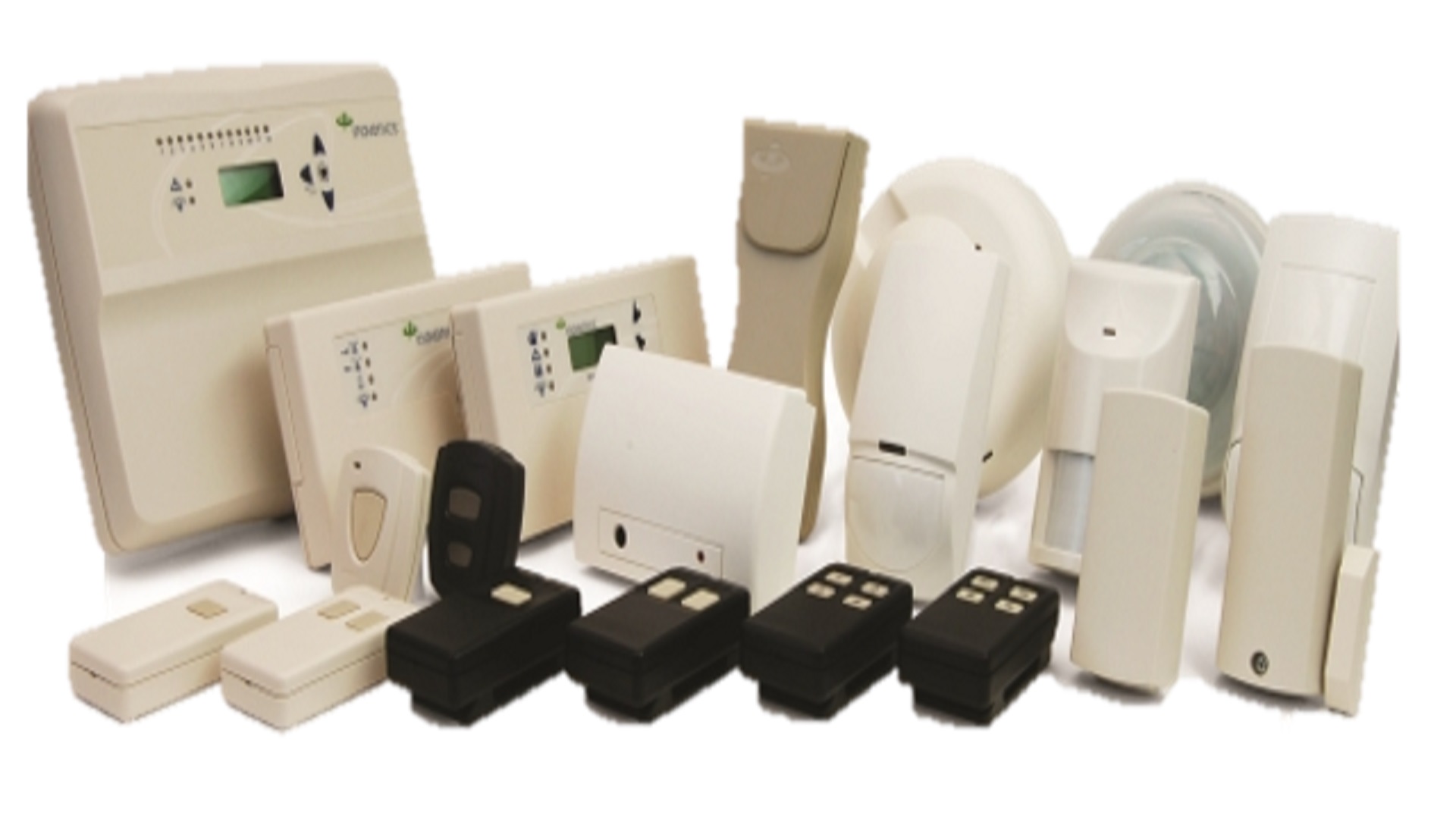Inovonics – Antenna Design Enabled by Simulation
SOLIDWORKS Simulation Champions Series: Inovonics
Watch our recently recorded live webinar to discover how companies like yours are managing design challenges by combining SOLIDWORKS and cloud-based simulation tools.
Thanks to everyone who joined the live webinar for the SOLIDWORKS® Cloud Simulation Champions Series on June 4, 2024. The event highlighted insights from Mark Zakhem, a hardware design & regulatory engineer at Inovonics, an industry leader in dependable wireless technology for life-safety systems. Zakhem explained how Inovonics tackled challenges in designing electric and mechanical materials, optimizing antenna placement, and predicting electromagnetic performance. Click here to watch a recording of the webinar.
We appreciate your participation. Please keep the feedback coming so we can continue creating webinars that best suit your needs. We value your thoughts and invite you to share how we can enhance future webinars.
The Magic of Wireless Communication
Antennae are designed to transmit and/or receive electromagnetic waves, more commonly known as radio waves. Not that long ago, no one would have believed that your refrigerator or other home appliances could communicate with your smartphone. Or that your car could communicate with any audio or video streaming service to provide entertainment while driving to grandma’s house. Who in industry would have thought back then that you could track inventory and assets wirelessly in real-time via RFID technology or that doctors could monitor the health care issues of patients from the comfort of their offices?
Antennae are key to making so much of daily life happen, but most of us rarely think about them. We might imagine the old roof-mounted TV antennae or the much smaller ones that pop out from radios. But there’s a lot more to antennae. Today antennae are hidden in all sorts of devices used every day, so getting them to talk to each other without interference is critical for the operation of homes and businesses.
Inovonics – Getting Antenna Design Right
“An antenna is just a point of radiation,” notes Zakhem, who also designs antennae at Inovonics. “That means anything can be an antenna, whether you want it to be or not.”
That spectrum of possibilities brings boundless opportunities for getting antenna design right—or wrong—for individual usage scenarios. For example, the ideal antenna shape for a particular situation might be circular, square, a pole, a helix, or even a flat patch on a printed circuit board. An antenna must also radiate at a specific frequency range and often in a certain radiation pattern. And each one will react to its surrounding environment in different ways.
“At Inovonics, most of our products require a unique, custom-printed antenna,” explains Zakhem. Each antenna is tuned to radiate at a specific frequency for the product or environment it’s needed for. “But materials in the surrounding environment can interfere and create a shift from that ideal frequency point and shift it left, effectively detuning the antenna. We create our antennae based on those scenarios. For instance, a radiating antenna with nothing around it will be very different from the one you’d choose for a handheld product close to somebody’s face or held while they’re walking around.”

The Challenge of Antenna Design
To achieve accuracy and reliability in today’s antennae it’s also crucial to look beyond the ideal frequency point.
“If you design an antenna to match a frequency point, you’ve identified and ended your metrics there, but you might still find that the environment it operates in produces spots where it loses its signal,” Zakhem advised. “You need to be able to see the antenna in its working environment, to see how it scatters around the area and find those points. If you don’t include those measurements in your design, you could be running into signal issues with the antenna in the products you’re trying to communicate with.”
Fine-tuning Through Simulation
Simulation is essential for the range and precision of metrics needed for advanced antenna design. Zakhem has used many different simulation solutions throughout his undergraduate and master’s studies, but he found SIMULIA’s CST Studio Suite® ideal for antenna design.
“For antenna design, I wanted a program that was easy to use at a user interface level while being as deep and advanced as other technologies,” Zakhem recalled. “CST Studio Suite was the perfect marriage of both those specifications. It makes advanced capabilities more accessible and easier to find than other programs. With CST, I can utilize many more features.”
Click here to learn how Inovonics optimized antenna design and explored design alternatives during early design stages with MODSIM by watching this SOLIDWORKS Cloud Simulation Champions series recorded seminar.




